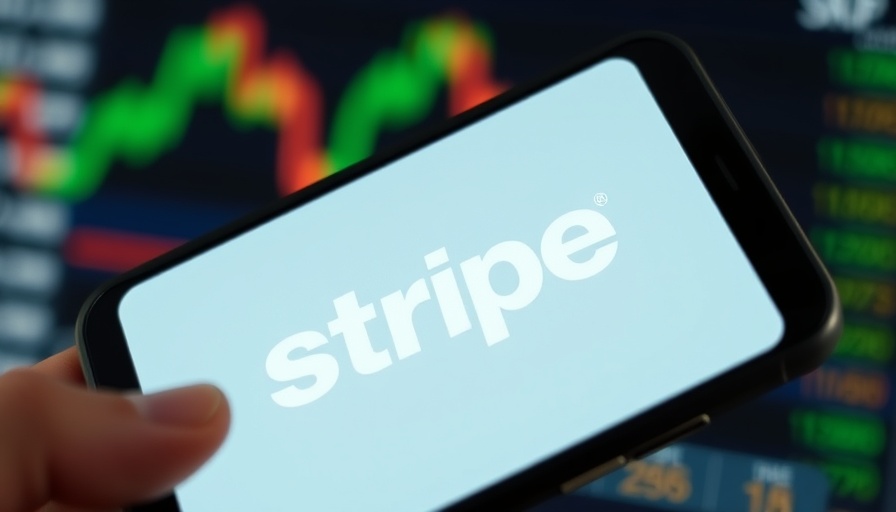
Stripe's New Banking License Application: What It Means
Stripe, a formidable player in the fintech sector and one of the largest privately valued companies in the industry, recently made headlines with its application for a U.S. banking license. However, to set the record straight, it's crucial to understand that this move does not mean Stripe is transitioning into a full-fledged bank. While discussions surrounding the application have sparked considerable interest on social media platforms, particularly X, the reality is more nuanced.
Understanding the Scope of Stripe's License
The banking license that Stripe has applied for is designed with quite a narrow focus. If approved, it will not enable the company to accept deposits from customers; rather, it will empower Stripe to process its own payments while facilitating partnerships with other payment processors.
A spokesperson from Stripe elaborated that the initiative represents a strategic step forward as its business continues to grow. By securing this license, Stripe aims to enhance its operational resilience, especially in light of recent events that have affected its previous banking partnerships.
Why Is This Shift Necessary?
The need for Stripe to apply for its own Banking Identification Number (BIN) arises from its experiences with past partner banks. Notably, Wells Fargo, a former partner of Stripe, stepped away from the BIN sponsorship business, causing potential disruptions for Stripe's operations. By obtaining this license, Stripe seeks greater independence from fluctuations in its banking partnerships, thereby creating a more stable environment for processing payments.
Impact on Stripe's Business Model
This strategic milestone fundamentally reinforces Stripe’s core business model. Currently reliant on various banking partnerships to access networks like Visa and Mastercard, having its own ability to process payments directly minimizes potential risks associated with third-party sponsorships. As financial landscapes continue to evolve rapidly, securing a banking license positions Stripe to better adapt and meet its users' needs.
Future Predictions: What's Next for Stripe?
If granted, the new banking license could be operational by the third quarter of 2025. Analysts suggest that this may lead to enhanced consumer trust and broader service offerings as Stripe continues to innovate in the payment processing landscape. As it stands, fintech companies globally are under increasing pressure to diversify their service options, and Stripe's current move could be indicative of larger trends within the industry.
Counterarguments: Is Fintech the Future of Banking?
While Stripe’s application aims to clarify its operations, it also stirs up a crucial conversation: Is the future of banking actually in the hands of fintech companies? Many believe that with platforms such as Stripe, consumers are already moving towards alternatives that offer speed and efficiency outside traditional banking systems. As fintech continues to carve out its niche in the financial ecosystem, the implications for traditional banks could be significant.
The Takeaway: Building Better Financial Solutions
Ultimately, the clarification around Stripe's application is crucial for users and stakeholders alike. The burgeoning fintech landscape is a mix of challenges and opportunities, and companies like Stripe are vital to shaping how we think about and use financial services. Understanding these developments prepares consumers and businesses to leverage the full potential of what technology is poised to offer.
In conclusion, as the situation evolves, keeping an eye on updates from Stripe and similar fintech ventures will provide valuable insights into the future of finance and consumer trust within the marketplace.
 Add Row
Add Row  Add
Add 



Write A Comment